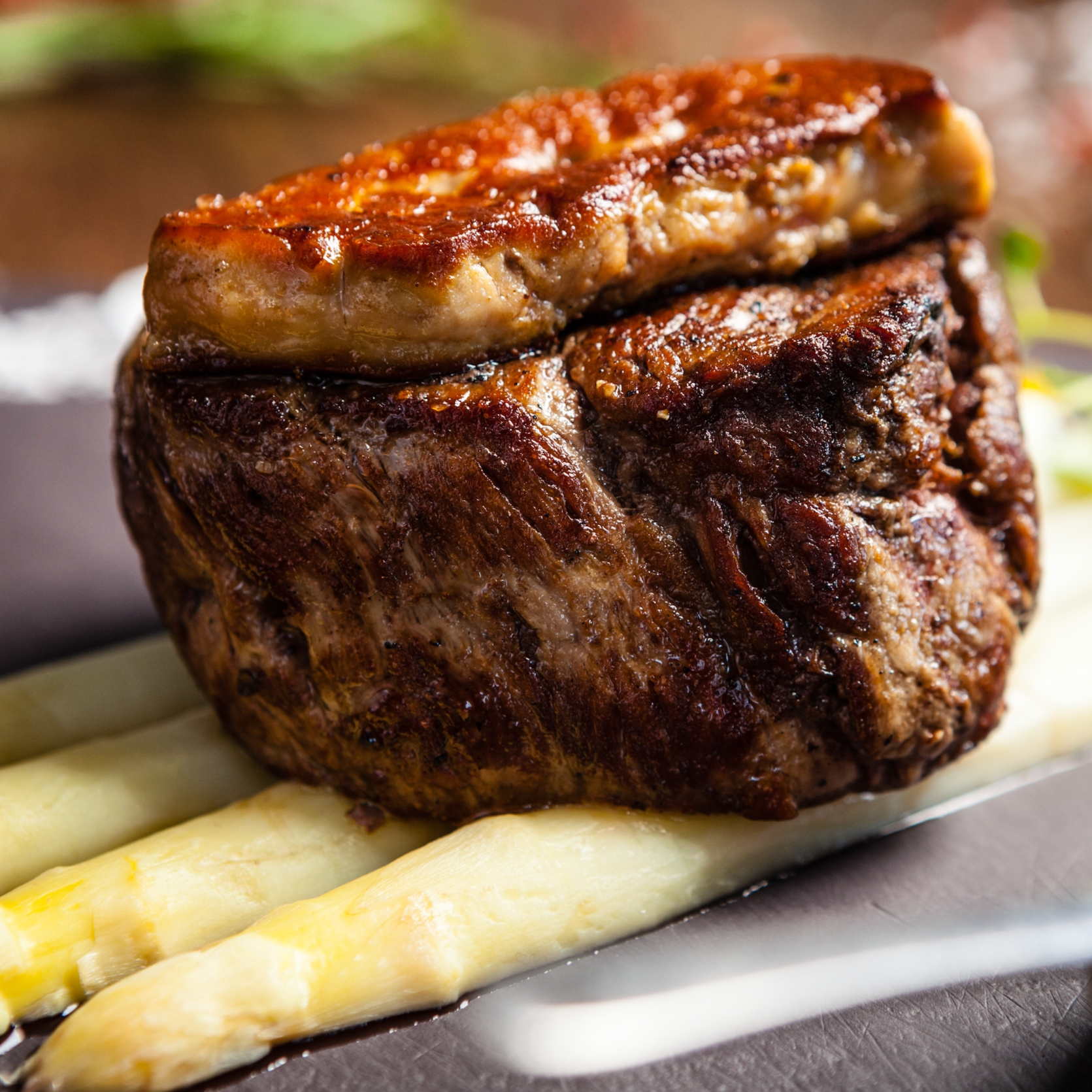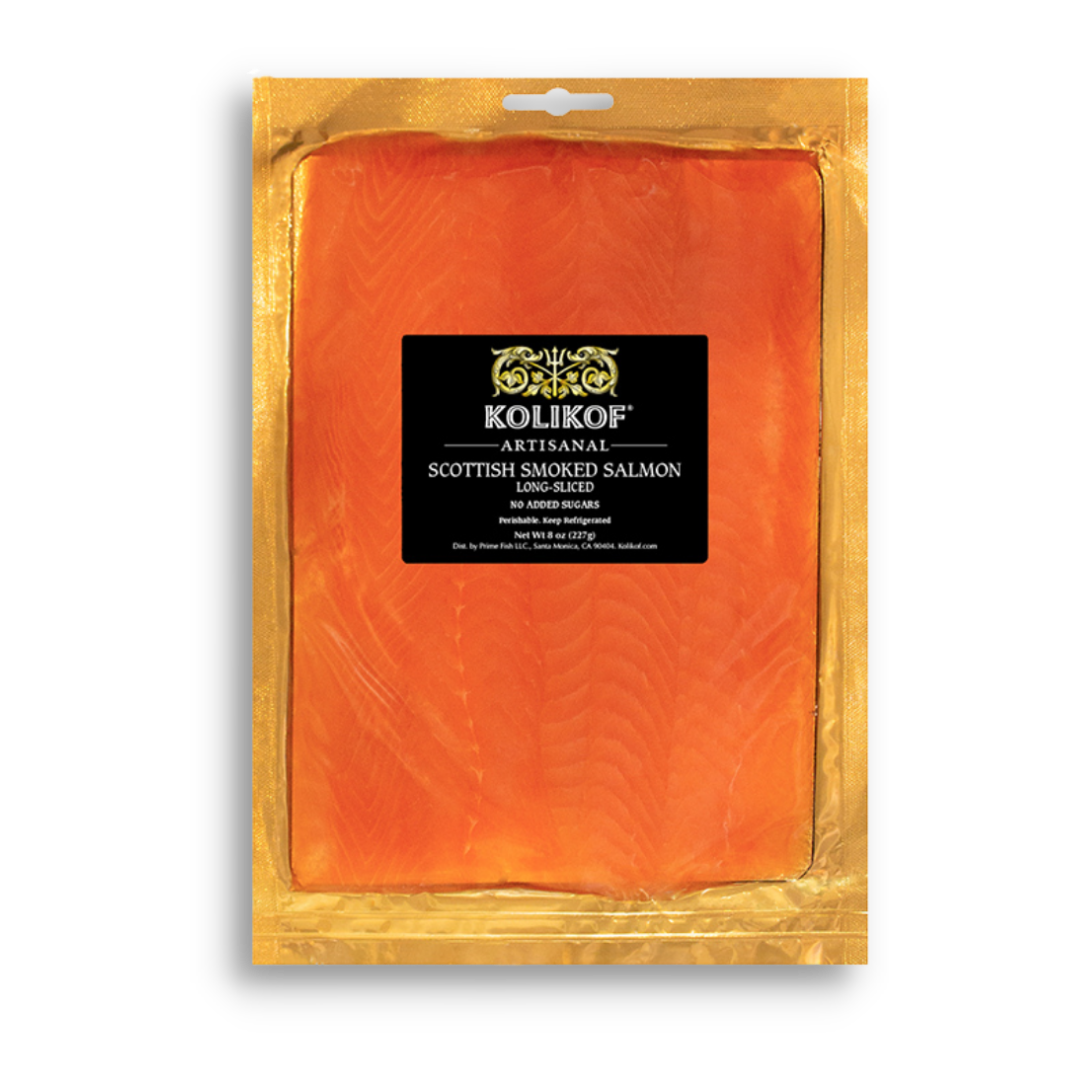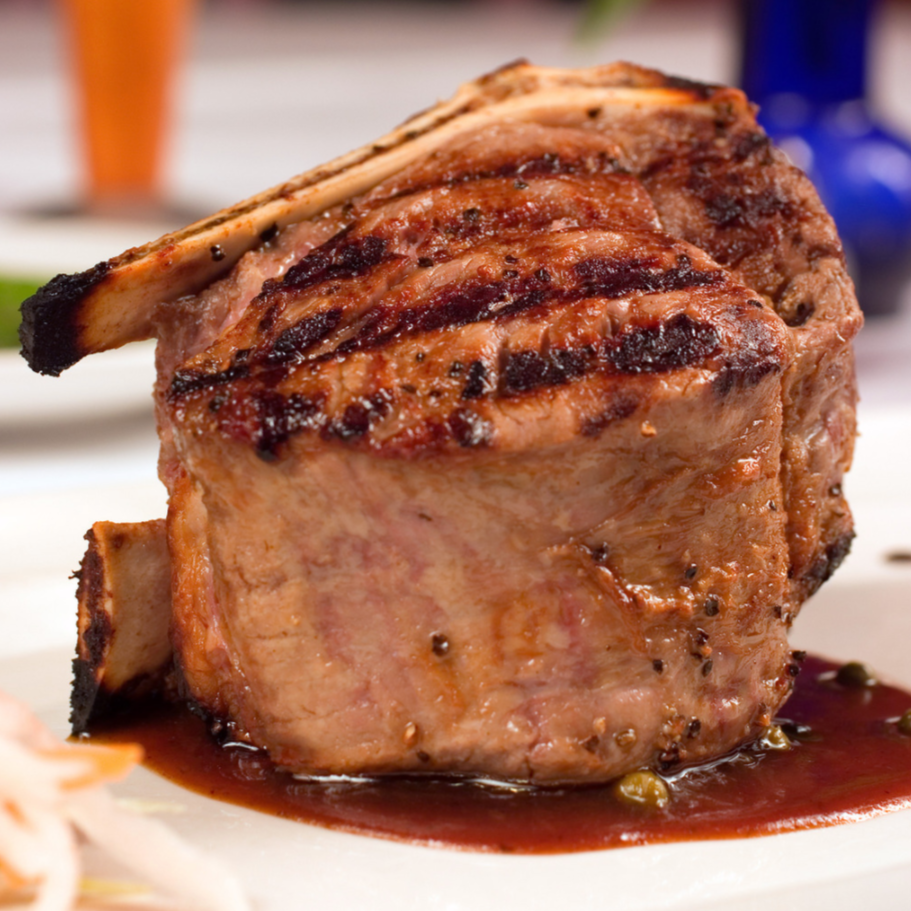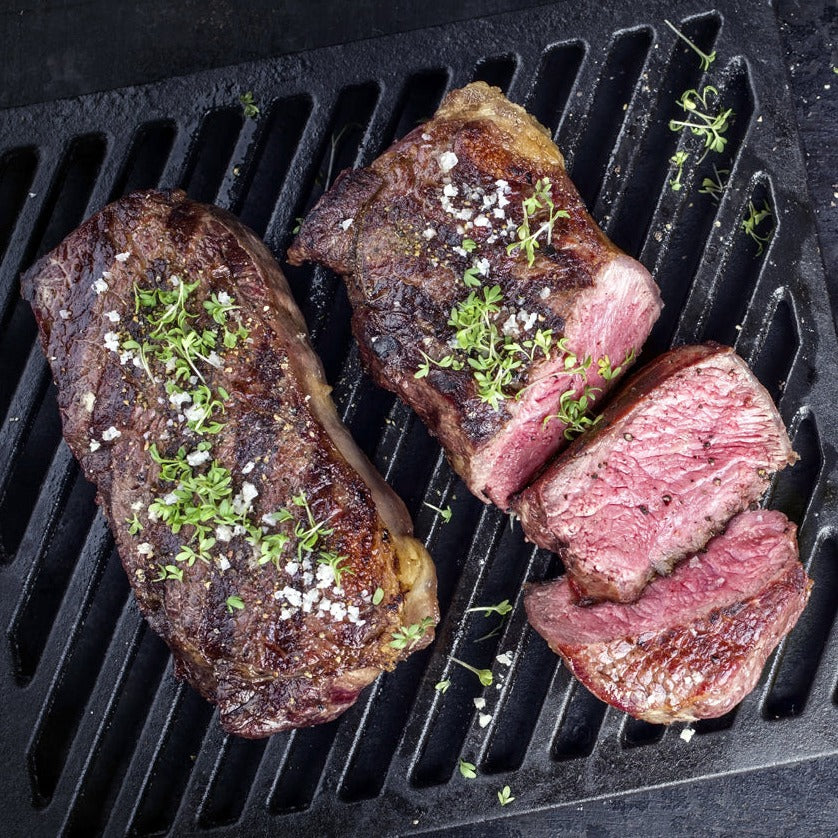Is The Meat Near The Bone Really Better?
This is a food that contains high amounts of nutrients and has been consumed by people for many years. The soft, fatty tissue inside bones that is often used in cooking because of its taste as well as flavor adds up to bone marrow. Though it’s highly fattening and calorific, its content consists of valuable nutrients which are important for human health.
Of these advantages is the presence of good fats in bone marrow. These lipids predominantly consist of monounsaturated and saturated types that are essential for overall healthiness. Monounsaturated fats, however, help decrease cholesterol while saturated fats participate in hormone synthesis and brain functioning.
Some vitamins and minerals come from bone marrow too. For example, it is naturally rich in vitamin A needed for good skin condition and eye view; at the same time it also contains vitamin K2 promoting strong bones besides probably cutting down on chances of heart disease. What is more numerous minerals including iron, zinc selenium etc., necessary for effective cellular operations are present in this substance.
It can also improve gut health through bone marrow.Also the collagen obtained from bone marrow turns into gelatin which stimulates the growth of useful bacteria in our intestines favoring digestion process hence reducing occurrences of inflammatory bowel disease.
Also,bone marrow has anti-inflammatory effects.Most parts contain significant amounts of fatty acids having an anti-inflammatory effect hence helps to curb inflammation within our body system.Theoretically speaking continual swelling leads to numerous chronic diseases hence by eating these products one can prevent such illnesses.
But although there are many possible benefits associated with consuming this delicacy,it has very high fat content per serving.It must be limited so that all other foods eaten can be balanced.This therefore requires getting them from grass-fed or organic sources only to avoid any harmful contamination or hormonal influences on them
Conclusively therefore,bone marrow still remains a nutritious meal when taken sparingly into our meals.However,it should not be forgotten that this substance comprises useful fats,vitamins,minerals and other important nutrients that our bodies are in need of.Within moderation,bone marrow can be integrated into menu ideas to become a tasty meal while maintaining fitness.









